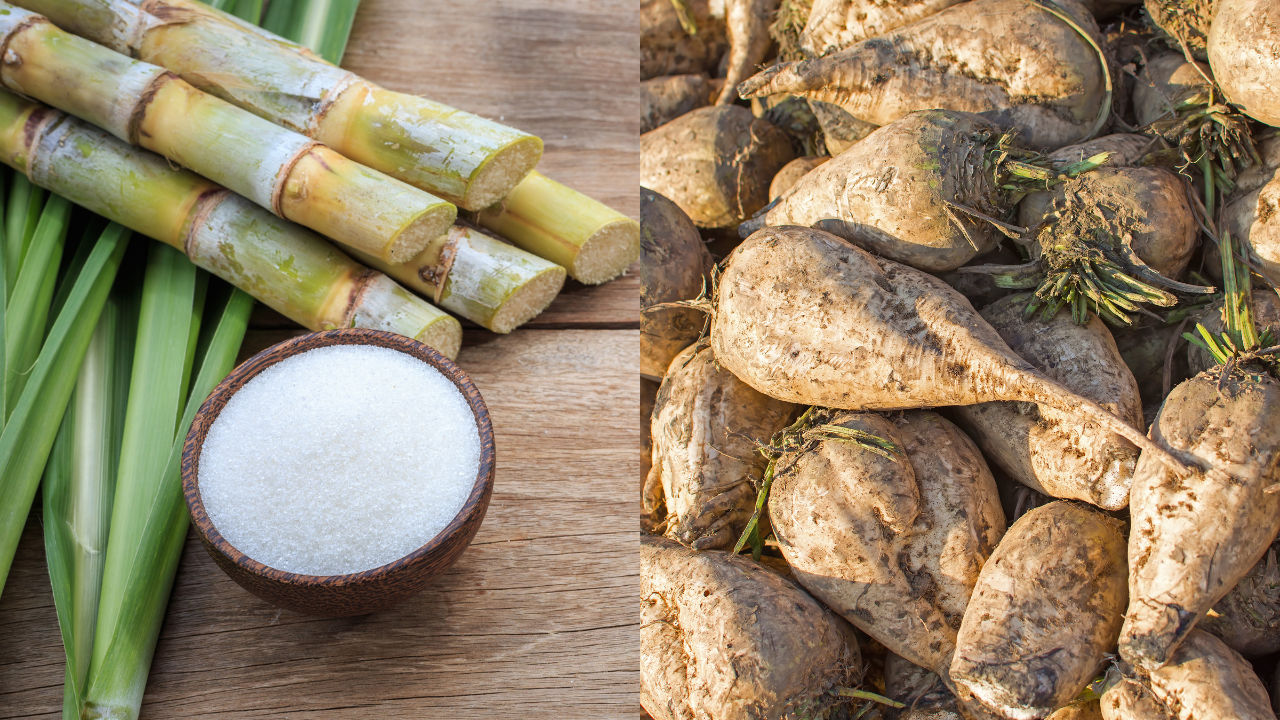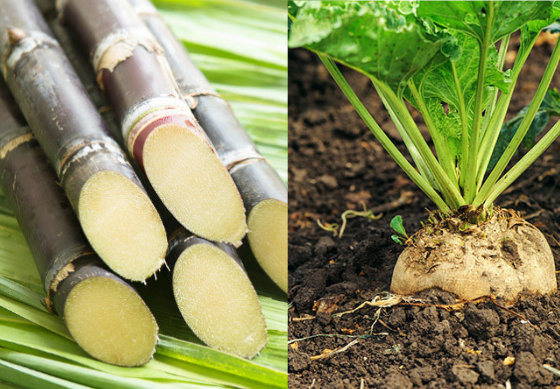The discussion of beet sugar vs cane sugar often includes comparisons of their impact on health.
The discussion of beet sugar vs cane sugar often includes comparisons of their impact on health.
Blog Article
Discover the Uses and Perks of Beet Sugar Vs Cane Sugar in Your Daily Diet
Checking out the distinct top qualities of beet and cane sugar discloses more than simply their sweetening capabilities; it highlights their one-of-a-kind effects on health and cookeries. Beet sugar, known for its subtle taste, is often favored in delicate treats, whereas cane sugar, with its hint of molasses, adds richness to durable meals. Each kind holds its own nutritional profile and glycemic effects, welcoming a deeper understanding of their duties in a balanced diet plan and sustainable consumption techniques.
Beginning and Manufacturing Processes of Beet and Cane Sugar

The unique environments and soil types required for expanding sugar beets and sugarcane add to distinctions in their farming techniques and geographic circulation, affecting the business economics and sustainability of their manufacturing. beet sugar vs cane sugar.
Nutritional Comparison In Between Beet Sugar and Cane Sugar
Despite stemming from various plants, beet sugar and cane sugar are nutritionally really comparable, both largely including sucrose. Each offers about 4 calories per gram, translating to approximately 16 calories per teaspoon. Structurally, both sugars are made up of around 99.95% sucrose, with minimal quantities of various other compounds like moisture and trace element, which do not significantly change their nutritional accounts.

Eventually, when picking between beet sugar and cane sugar based on nutritional content alone, both offer identical advantages and downsides as they are basically types of the exact same particle-- sucrose, i thought about this offering quick energy without other nutrients.
Effect On Wellness: Glycemic Index and Caloric Material
Checking out further into the effects of beet sugar and cane sugar on health and wellness, it is very important to consider their glycemic index and caloric content. Both sugars are classified as sucrose, which consists of glucose and fructose. This composition leads them to have a similar influence on blood glucose levels. The glycemic index (GI) of both beet and cane sugar is around 65, categorizing them as high-GI foods, which can cause fast spikes in blood sugar levels. This is a vital facet for individuals taking care of diabetes or those trying to stabilize their power degrees throughout the day.
Each sort of sugar includes around 4 calories per gram, making their caloric material matching. For those checking calorie intake, especially when managing weight or metabolic health and wellness problems, recognizing this equivalence is important (beet sugar vs cane sugar). Nonetheless, extreme intake of any kind of high-calorie, high-GI food can add to health issues such as weight problems, cardiovascular disease, and insulin resistance.
Environmental and Economic Considerations of Sugar Manufacturing
Beyond wellness impacts, the production of beet and cane sugar likewise increases significant environmental and economic official website concerns. Sugar beet farming tends to call for cooler environments and has a lower geographical footprint contrasted to sugar cane, which thrives in exotic regions. However, both crops are extensive in terms of water usage and land profession, potentially resulting in logging and water deficiency. Economically, the browse around this web-site global sugar market is very unstable, affected by adjustments in global trade plans and subsidies. Several countries incentivize sugar production with financial backing, skewing market prices and affecting small-scale farmers adversely.
Additionally, using pesticides and plant foods in both beet and cane sugar cultivation can lead to dirt destruction and pollution, additional influencing biodiversity and neighborhood water bodies (beet sugar vs cane sugar). The choice in between cultivating sugar beet or cane frequently pivots on local ecological conditions and financial factors, making the sustainability of sugar manufacturing an intricate issue
Culinary Applications and Taste Distinctions
While the ecological and financial elements of sugar production are certainly considerable, the option between beet and cane sugar likewise affects culinary applications and taste profiles. Beet sugar, obtained from the sugar beet plant, is understood for its incredibly neutral preference.
Cane sugar, removed from sugarcane, often retains molasses traces, which impart a distinct splendor and depth. This small molasses taste improves the complexity of baked items, sauces, and marinates. It is specifically preferred in things where a caramel touch is desired, such as in brownies or gingerbread. Additionally, the minor variation in dampness material in between beet and cane sugar can impact the structure and consistency of recipes, making cane sugar a favored option for certain dishes that take advantage of its unique residential or commercial properties.

Conclusion
In verdict, both beet and cane sugar have unique origins and production procedures, supplying similar nutritional accounts with minor differences in salt material and flavor. While their impact on health, particularly concerning glycemic index and calories, is equivalent, the choice in between them typically steams down to ecological, economic factors, and certain cooking demands. Understanding these facets can direct customers in making informed decisions that align with their health objectives and flavor preferences.
Report this page